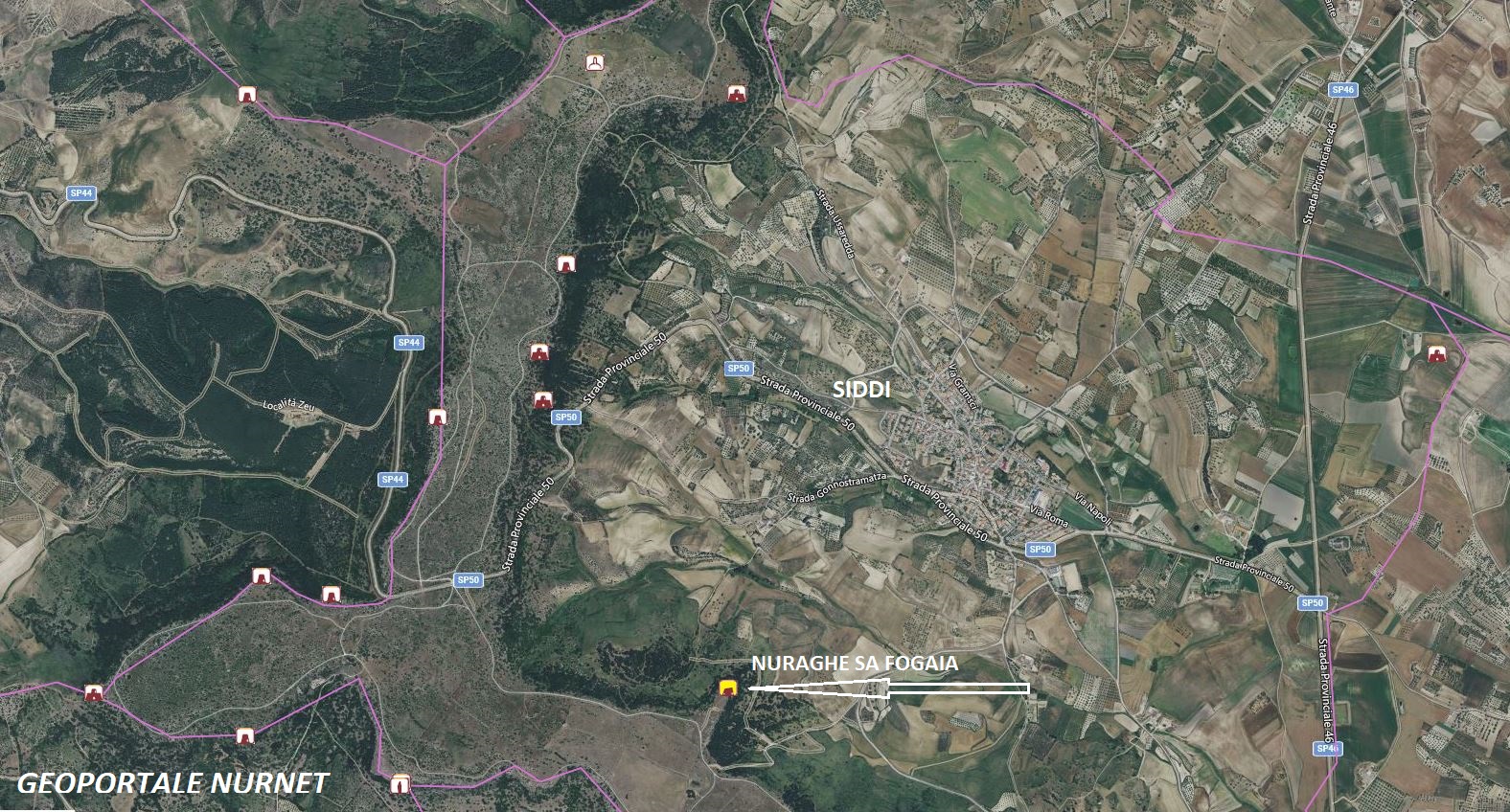An ancient nuraghe, ‘from the first hour’, with unique shapes, a prehistoric village with an obsidian processing station, and around it a ‘garden’ of great environmental value. These are the elements that characterize and invite visitors to the park.sa Fogaia, green oasis that covers the eastern side of the giara of Siddi, just over a kilometer away from the beautiful village of Marmilla. The ‘high’ part of the park is the panoramic area, from where your gaze will dominate the Marmilla hills and the giare of Gesturi and Serri, up to scrutinize the massif ofGennargentuIn a strategic position, on a steep edge, lies the corridor nuraghe.The sardegna verso l’unesco FogaiaIt was built at over 300 meters above sea level on the exposed rock, using interlocking basalt blocks placed dry on top of each other.
The building retains traces of different construction phases: the core is represented by the ‘protonuraghe’, that is, the archaic version of the famous structure, with its unusual ‘Y’ shape. It is hypothesized that its origin dates back to the beginnings of the Middle Bronze Age, subsequently two additional megalithic bodies and a series of secondary rooms were added. To enter, you will climb a stepped ramp carved into the thickness of the wall: the entrance is indeed elevated five meters above the walking surface. In the internal corridor, you will notice more steps, which led to a now disappeared terrace. The two adjoining building bodies show surviving parts of the covering, made in different styles, flat-roofed, totholosand ogival. Some rectangular rooms present in the inner courtyard have yielded artifacts dating to the late Punic and Roman periods. In the surroundings of the nuraghe, you will notice traces related to a village, where obsidian has been found, evidence that insa Fogaiathere was a lithic workshop dedicated to the processing of ‘black gold’ coming from Monte Arci.
The archaeological theme is not the only element of charm of the park: among the holm oak forests and Mediterranean scrub, more than 150 different plant species and a rich fauna reside there. You will walk among the colors and scents of wild orchids and numerous aromatic and medicinal plants. A particular path, known asthe death of the herbs(the path of herbs), carved from an old mule track used over the centuries by the community of Siddi, will take you among the most characteristic floral species of Marmilla, described on specific wooden signs. Among the ‘residents’ of the park, there are about 60 varieties of birds, such as barn owls, little owls, imperial crows, kestrels, and lapwings; you might also spot weasels, hares, foxes, and various species of reptiles.
Continuing northwest, you can venture into the giara of Siddi, which hosts one of the largest and best-preserved Giant’s tombs in Sardinia:the House of the Ork, also, like the nuragheThe Fogaia, built using large blocks of basalt between the Early and Middle Bronze Age.
(from Sardegna Turismo)
The photos of the nuraghe Sa Fogaia in Siddi are by: Marco Cocco, Maurizio Cossu, Diversamente Sardi, and Francesca Cossu.










